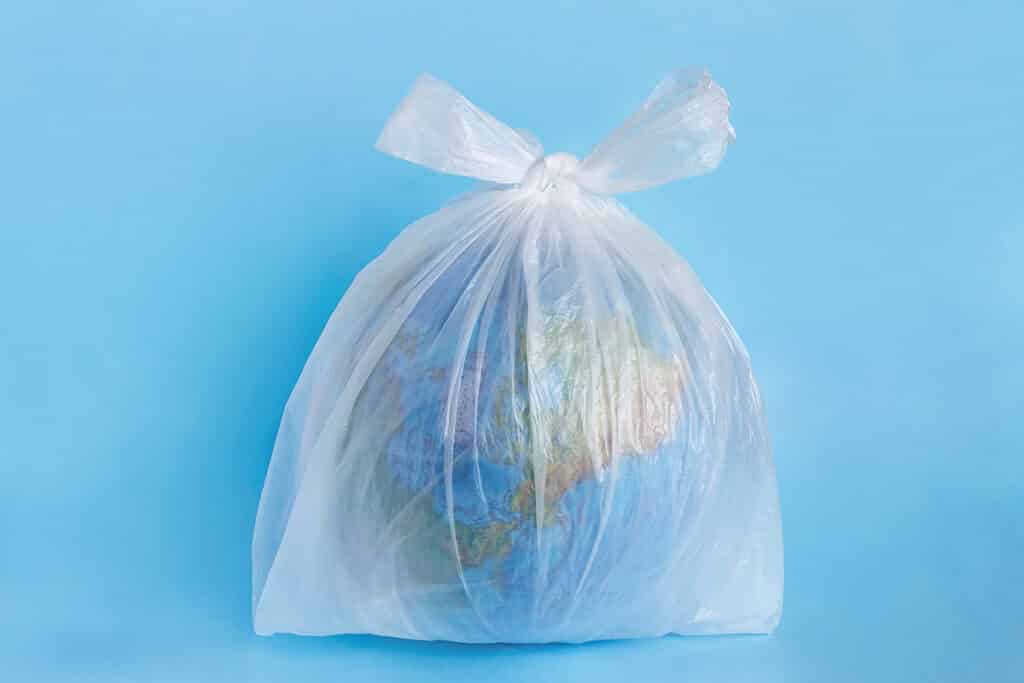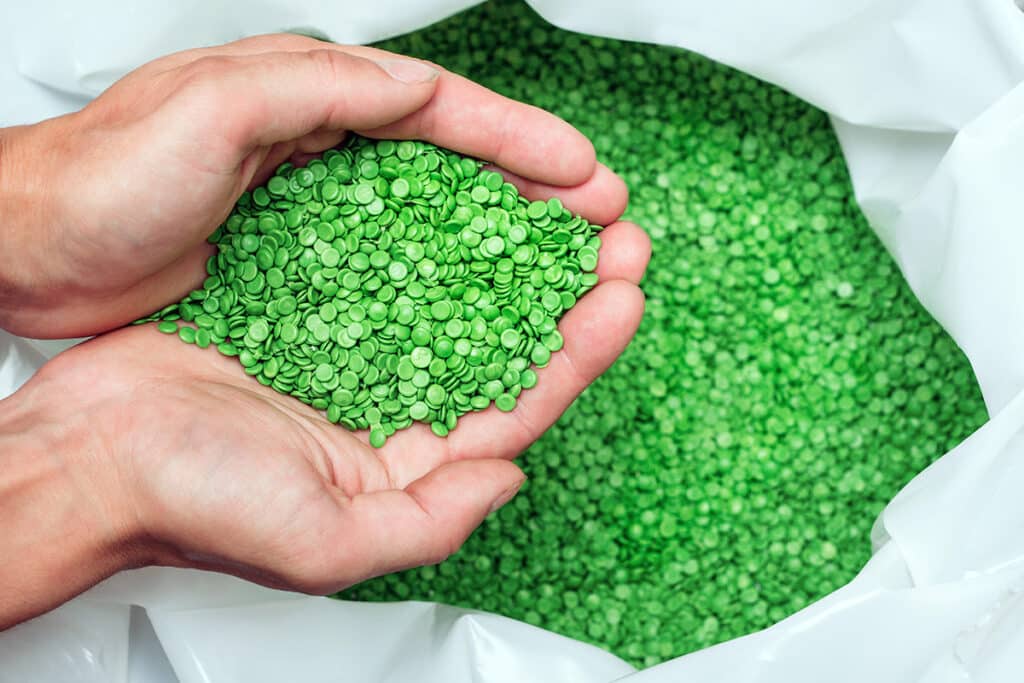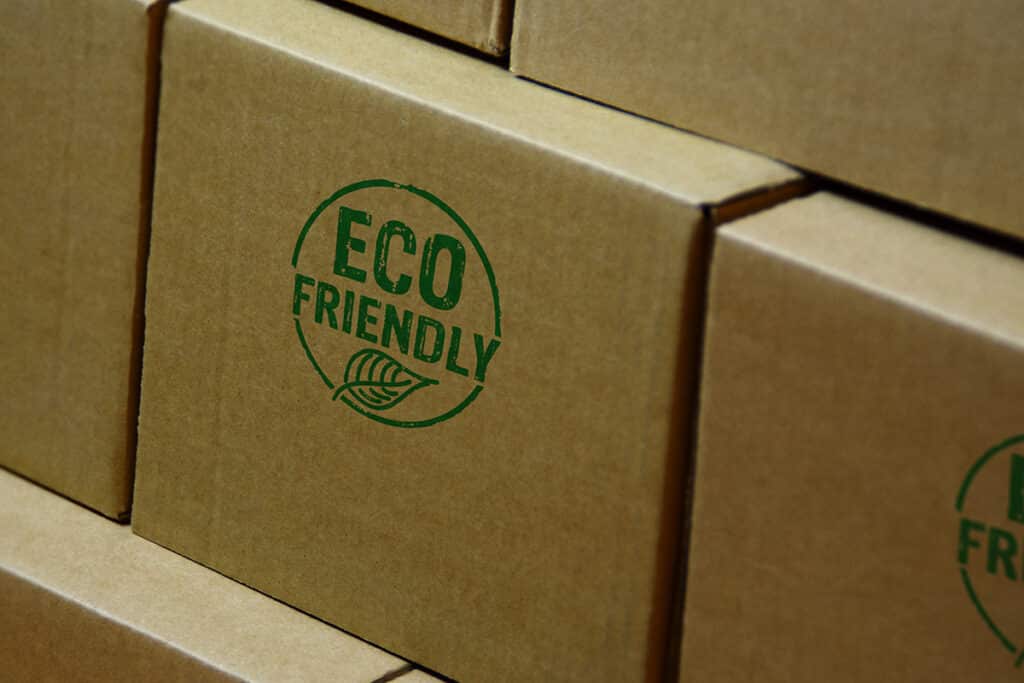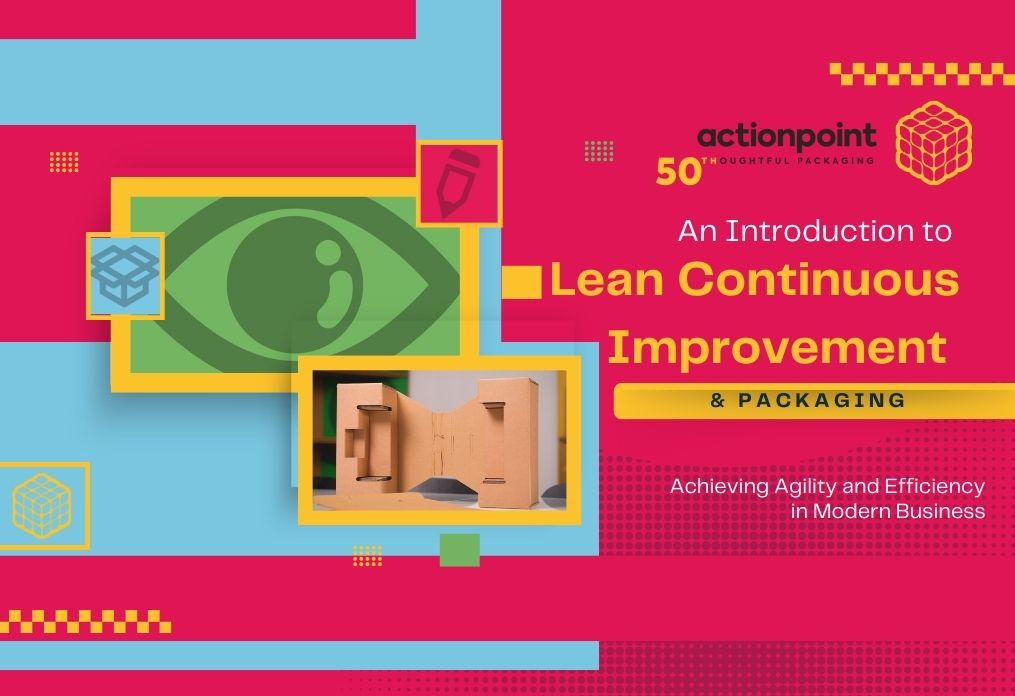When the Plastic Packaging Tax was introduced on 1 April 2022, to reduce business use of virgin plastics in favour of those containing at least 30% recycled content, some people noticed an oddity: that the new tax was to be imposed on plastic packaging that is compostable and/or biodegradable.

Surely, these types of eco-friendly packing materials should be encouraged just as much as recycled ones? You may have assumed this was an error and that, in time, the legislation would be amended to allow such sustainable materials a free pass.
But no. It was a deliberate decision. The Government has backed away from biodegradable and compostable plastic packaging materials in favour of reusable and recyclable plastic. Why? Well, it turns out this is a bit complicated.
Give me the short version
There is widespread confusion – and, let’s face it, some misleading claims – around bio-based, compostable, and biodegradable plastics: what they are, how they behave, how to dispose of them, and, when considering their whole life cycle from ‘cradle to grave’, whether they really are a more environmentally-friendly alternative to conventional synthetic plastics.
The Government has decided there is a lack of evidence, robust standards, industry consensus, and waste management infrastructure to promote their use. There are no plans for an outright ban (apart from potentially oxo-degradable plastics, but more on that below). In fact, some funding has been released to inspire others to research and develop new bioplastics. But for the time being, the focus is on plastic packaging that is reusable and recyclable, as this neatly fits in with the drive towards a circular economy.
The official guidance is as follows: to avoid contamination of recycling streams, biodegradable and compostable plastic packaging must be labelled ‘do not recycle’ and disposed of by throwing it in the rubbish bin – effectively making it no better than single-use plastic.
What does this mean for my packaging?
If sustainability is an important issue for your business, it would be a good idea to speak with your packaging supplier to fully understand your options. In light of the Government’s latest move, it would seem that – at this moment in time – compostable and biodegradable plastic packaging cannot live up to its true potential as a sustainable alternative.
For packaging with environmentally-friendly values, investigate solutions that are paper based (as these are recyclable, biodegradable, and compostable), or which use recycled or recyclable material. Actionpoint’s Eden Range, for example, offers paper-based products such as bubblewrap, tape, strapping, and edge guards. The range also has plastic products containing 30% recycled plastic, including polythene bags and bubblewrap, which are better for the planet and avoid the Plastic Packaging Tax.

Added to this, consider buying larger amounts of packaging per order and/or using stockholding agreements, as this could reduce your packaging’s carbon footprint as well as cost. But make sure you do a bit of number crunching with your packaging supplier, as it might not be true in every case.
Why isn’t the Government keen on bioplastics?
This is a bit of a turnaround, isn’t it? Just last year the Government was repeating the mantra for all plastic packaging placed on the market to be recyclable, reusable, or compostable by 2025. A goal shared by the UK Plastics Pact – a high profile collaboration launched in 2018 to tackle plastic waste, involving businesses across the supply chain and led by the charity WRAP (Waste and Resources Action Programme).
To understand the about face, we need to go back to 22 July 2019, when the Government launched the consultation paper ‘Standards for biodegradable, compostable and bio-based plastics.’ Conclusions were published on 8 April 2021, although this information is only just starting to filter out to the wider world.
It seems finally the right questions were being asked and, as a result, it became apparent just how much isn’t known about bioplastics. This confusion extends to definitions of key words and phrases, so let’s start with those:
Fossil fuel-based plastics
Also known as traditional, synthetic, fossil based, petroleum based, or petrochemical based plastics. They are polymers made from crude oil, natural gas, or coal.
Bioplastics
This is an umbrella term for plastics that are bio-based (produced wholly or in part from plant-based sources), or biodegradable, or compostable. That’s right, petroleum-based plastics can also be classified as bioplastics, as long as they have been engineered so they biodegrade or can be turned into compost.
Bio-based plastics
These are plastics made using polymers derived from plant-based sources such as starch or cellulose rather than fossil fuels. You would think that bio-based plastics are biodegradable or compostable, but that is not always the case. They can behave exactly like traditional plastics; it just depends on what they have been engineered to do. Added to this, bio-based plastics are often blended with polymers made from petrochemicals. It could be as little as 20% is actually derived from plants.
Biodegradable plastics
Biodegradable plastics can be plant-based or fossil fuel-based, or a combination of the two. Microorganisms such as bacteria, fungi, or algae are needed to break down biodegradable plastics into biomass (organic matter), water, and gases such as carbon dioxide. The ability to do this, and the rate at which it happens, depends on the presence of light, moisture, and oxygen.
If little or no oxygen is present, such as when waste goes to landfill, then methane is produced. Methane is a powerful greenhouse gas, much more effective than carbon dioxide at trapping heat in the atmosphere, but if collected properly can be used in a variety of useful ways from fuelling vehicles to generating heat and electricity.
Compostable plastics
Compostable plastic is a subdivision of biodegradable plastic, which can be turned into compost to improve and condition soil. But it needs a specific set of conditions to break down into its natural elements. Households place it with food or garden waste so that councils can take it to be treated at industrial composting facilities, as they provide the recommended and consistent levels of humidity, temperature (55-60 degrees C), and oxygen.
So, just to be clear compostable plastics are biodegradable, but biodegradable plastics aren’t always compostable.
Some councils divert household food or garden waste to anaerobic digestion facilities, where microorganisms called methanogens are used to turn the waste into compost. A by-product of this process is biogas, also known as biomethane or marsh gas, and consists mainly of methane and carbon dioxide.
Oxo-degradable plastics
Oxo-degradable plastics, also known as oxo-biodegradable plastics, are made from petrochemicals, just like conventional plastic. The difference is they contain an additive, usually metal salts, meant to imitate the process of biodegradation. They are supposed to break down into tiny pieces, which then biodegrade. But it appears the science does not back this claim, with the European Commission banning oxo-degradable plastics in 2019, over concerns about their resulting microplastics polluting the environment and food chain.
At present, the UK Government is also considering a ban, subject to further consultation. This is likely to go ahead – it voted in favour of the EU ban, after all – plus there is a great deal of support for it. Shortly after the EU’s ban, more than 40 organisations called for the UK to follow suit in an open letter to the Government, with signatories including Tesco, National Farmers’ Union, and Environmental Services Agency.
‘Compostable’ means home compostable, right? Wrong
One of the main sticking points with compostable plastic is the vast majority of it is not suitable for home composting. Unsurprisingly most consumers aren’t aware of this, and so compostable plastic is being disposed of in many unhelpful ways – on the home compost heap, in the plastic recycling bin, and increasingly left as litter or flushed down the toilet in the mistaken belief it will decompose wherever it ends up.

Plastic waste labelled ‘biodegradable’ is being treated in a similar fashion. As both types of plastic packaging are growing in popularity they are adding to plastic pollution in the environment and contaminating the plastic recycling chain.
Most products labelled ‘compostable’ really mean ‘industrially compostable’. Currently, the UK adheres to the European standard EN 13432 which says compostable plastic packaging must disintegrate by 90% within 3 months, and biodegrade by 90% within 6 months, under highly specific industrial-scale composting, or anaerobic digestion, conditions. The remaining organic matter – the compost – is then tested for toxins, such as heavy metals, which must be within a set threshold.
According to anecdotal evidence, however, compostable plastic is often removed from industrial composters and anaerobic plants as it doesn’t behave as advertised. It doesn’t break down fully, affects the quality of the compost, and causes blockages or damage to machinery. Plus, it’s not always clear whether the plastic is supposed to be compostable or not, and so for simplicity’s sake all plastic is taken out and treated as general rubbish for incineration or landfill.
As for ‘home compostable’ plastic packaging, there is no widely recognised UK or international standard. Any claims are based on independent or self-declared schemes, usually done in laboratories, so their results are unlikely to be replicated in a home composting setting.
Similarly, the label ‘biodegradable’ is a tricky one. Consumers associate it with green behaviour, but the term is meaningless without details of how long the item takes to biodegrade, and in which environment – information generally lacking on plastic packaging labels. And, once again, there is an absence of established standards.
To give an example, in 2020, the British Standards Institution (the UK National Standards Body) introduced a standard for biodegradable plastic. Specifically, polyolefins, the most widely used – and widely littered – form of plastic. To meet the PAS 9017 standard, the plastic must pass tests proving decomposition in the open air on land within 2 years, leaving behind nothing but a non-toxic wax substance – strictly no microplastics or nanoplastics. That’s all well and good, but the standard doesn’t check for decomposition in landfill, freshwater, or the sea.
Come full circle
To truly make biodegradable and compostable plastic waste live up to their eco-friendly claims, definitions and regulations need to be tightened up, with standardised testing that reflects real-world settings. And the UK waste industry would benefit from updated treatment infrastructure to cater for these plastics, such as the introduction of separate collection streams. But is it worth all that effort and expense? The Government doesn’t think so. Not yet anyway.

There would still be the risk of consumers putting waste in the wrong stream and ruining whole batches of recycling. And to top it off, there is little evidence that compostable plastic has any nutritional value, so rather than adding goodness to compost, it’s more of a means of managing biowaste.
Taking all this into account, the Government’s renewed focus on recycling is understandable. It’s a better-known and understood system with an established waste management structure in place. Targets can be set, measured, and monitored – for instance, plastic packaging producers are expected to meet a recycling target of 61% in 2022 and 2023, under the Extended Producer Responsibility scheme. Added to this, recycled and recyclable plastic packaging products are widely available.
If you have any questions about biodegradable or compostable plastic packaging, recycled or recyclable alternatives, or would like some advice on bespoke planet-friendly packaging for your operation, contact us to speak to a packaging expert.




